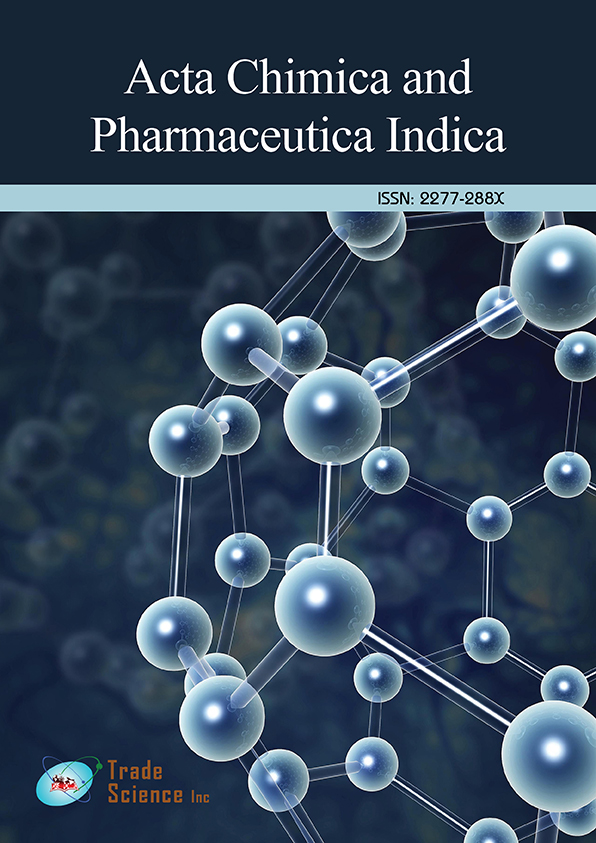Abstract
L-ergothioneine and metformin alleviate liver injury in experimental type-2 diabetic rats via reduction of oxidative stress, inflammation, and hypertriglyceridemia
Author(s): Ayobami DareStatement of the problem: Type-2 diabetes (T2D) is a chronic metabolic disorder increasing globally due to excessive caloric intake, sedentary lifestyle, poor diagnosis, and disease management. Liver complications (including NAFLD) are often seen in approximately 70% of people with diabetes and account for about 2-4% mortality in T2D patients. Thus, the need for effective strategies to alleviate pathogenic risk factors of diabetic complications and improve the efficacy of existing treatment (like metformin therapy) is an active area of research. L-ergothioneine (L-egt), a recently approved nutraceutical, has been reported to reduce toxicity in tissues exposed to injury, while metformin is commonly prescribed to manage T2D. Therefore, this study evaluates the hepato-protective effect of L-egt, with or without metformin, in a T2D rat model. Methodology: 36 adult male Sprague-Dawley rats were randomly divided into non-diabetic (n=12) and diabetic (n=24) groups. After induction of diabetes, animals were divided into six groups (n=6) and treated either with de-ionized water (DW), L-egt (35 mg/kg bwt), metformin (500 mg/kg bwt), or a combination of L-egt and metformin orally for seven weeks. Bodyweight and blood glucose were monitored during the experiment. After that, animals were euthanized, and liver tissue was excised for biochemical, ELISA, Rt-qPCR, and histopathological analysis. Findings: L-egt with or without metformin reduced liver hypertrophy, liver injury biomarkers, triglycerides, oxidative stress, and inflammation. Also, L-egt normalizes mRNA expression of SREBP-1c, fatty acid synthase (FAS), NF-kB, TGF-β1, nuclear factor erythroid 2-related factor 2 (Nrf2), and Sirtuin-1 (Sirt1) in diabetic rats. Furthermore, co-administration of L-egt with metformin to diabetic rats reduced blood glucose and insulin resistance (IR). Conclusion & significance: These results highlight the potential benefits of L-egt, suggesting that this biomolecule may be used as an adjuvant in the management of diabetic-induced liver complications.
